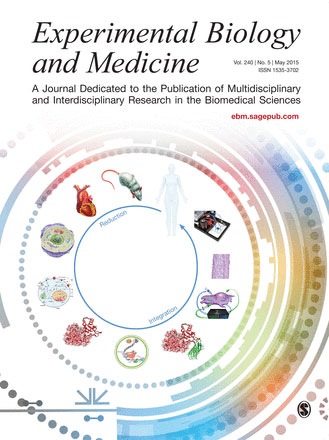Update: 22 November 2024
Nutritional Deficiency-based Autism
Authors: Richard C Deth, Nathaniel W Hodgson, Mostafa I Waly, Yahya M Al-Farsi, Marwan M Al-Sharbati, Omar Al-Farsi, Amanat Ali, Allal Ouhtit, Tianzhu Zang, Zhaohui Sunny Zhou
Decreased glutathione and elevated hair mercury levels are associated with nutritional deficiency-based autism
Genetic, nutrition, and environmental factors have each been implicated as sources of risk for autism. Oxidative stress, including low plasma levels of the antioxidant glutathione, has been reported by numerous autism studies, which can disrupt methylation-dependent epigenetic regulation of gene expression with neurodevelopmental consequences.

This study was published in Experimental Biology and Medicine, a journal dedicated to the publication of multidisciplinary and interdisciplinary research in the biomedical sciences.
In this report, the research team investigated the status of redox and methylation metabolites, as well as the level of protein homocysteinylation and hair mercury levels, in autistic and neurotypical control Omani children, who were previously shown to exhibit significant nutritional deficiencies in serum folate and vitamin B12. The serum level of glutathione in autistic subjects was significantly below control levels, while levels of homocysteine and S-adenosylhomocysteine were elevated, indicative of oxidative stress and decreased methionine synthase activity.
Autistic males had lower glutathione and higher homocysteine levels than females, while homocysteinylation of serum proteins was increased in autistic males but not females. Mercury levels were markedly elevated in the hair of autistic subjects vs. control subjects, consistent with the importance of glutathione for its elimination. Thus, autism in Oman is associated with decreased antioxidant resources and decreased methylation capacity, in conjunction with elevated hair levels of mercury.
Source: Experimental Biology and Medicine Journal
Back to Top Find a hTMA Practitioner